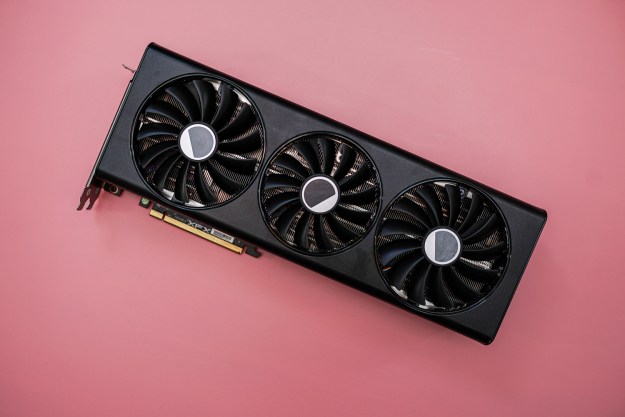The Amazon’s Choice badges customers turn to for endorsed or recommended products were found sometimes to be fake or even unsafe.
An investigation published by the Wall Street Journal reveals that the Amazon’s Choice badge can be attached to products that make false claims, have safety concerns, or are even manipulated by the sellers. The investigation said that while there are legitimate listings with a badge, customers should double-check what is “endorsed” by the tech giant.
The Journal identified that the badge is more likely to appear on Amazon’s AmazonBasics products and that sellers were able to manipulate the endorsement by promoting specific keywords in the products’ description or contained other brand names.
Examples of fake or illegitimate Amazon’s Choice products named in the investigation include cellphone chargers that claim they are made by Apple but are a completely different brand, as well as a fat burner supplement, which makes claims that are against Amazon’s policies.
Amazon’s Choice badges were created in 2015 to coincide with the Amazon Alexa, so people could say, “Alexa, buy a cell phone charger,” and
The Journal reports that the retail giant chose Amazon’s Choice since it doesn’t precisely imply a full-on endorsement.
“We chose it carefully to try to signal that this is a great product, but this is not something that we endorse,” a former Amazon executive told the Journal.
According to Business Insider, an Amazon’s Choice product must meet a variety of qualifications for it to receive the badge. These include being able to ship through Amazon Prime, having a low return rate, a high customer rating, and frequently bought by buyers who searched for the same product.
The badge process is most likely an ever-changing algorithm. Part of Amazon’s Creative Acceptance Policies states, “We prohibit the use of ‘Amazon’s Choice,’ ‘Amazon Best Seller,’ and Amazon ranking in static ads because these elements refresh frequently and may not remain accurate for the duration of the campaign.”
In September, it was reported that Amazon adjusted its search algorithm so that its products would appear higher in the search results over competitors’ products. Amazon has since denied these claims.
An Amazon spokesperson told Digital Trends a little bit more about the badge process.
“We know that customer trust is hard to earn and easy to lose, so we strive to protect customer trust in products Amazon’s Choice highlights. We don’t tolerate Amazon policy violations, such as review abuse, incentivized reviews, counterfeits or unsafe products,” the spokesperson said. “When deciding to badge a product as Amazon’s Choice, we proactively incorporate a number of factors that are designed to protect customers from those policy violations. When we identify a product that may not meet our high bar for products we highlight for customers, we remove the badge.”
Aside from Amazon’s Choice products, there are also “Sponsored Products,” which sellers must pay for to get their products on the first page of search results. There is also “Best Seller” products, which are the most bought items in specific categories. Out of the three product stamps, Best Seller products are going to be your best bet, since it rounds up products people have bought and rated.
Editors' Recommendations
- Is your Amazon Echo, Alexa, or Ring down today? You aren’t alone
- Coronavirus antibody tests aren’t created equal. Here’s what you need to know
- Buy less, give more: Amazon will donate products you don’t buy to charity




